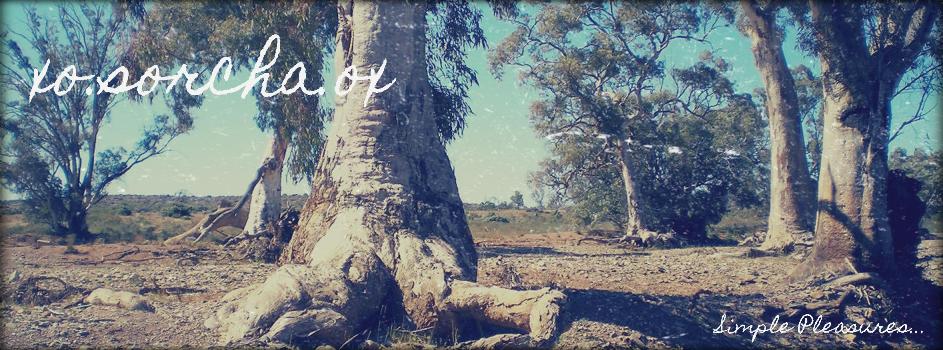[The Quandong, aka Australian Wild Peach]
I recognise that not everyone will be able to get their hands on quandongs in order to complete this recipe. However, we are eating plenty of them at the moment as the only fruit trees we have are Wild Peaches, and they are loaded with fruit!
Of course, the following crumble pie recipe doesn't have to have a quandong filling: Any stewed fruit will do!
To make the shortcrust base:
2 cups plain (all purpose) flour
1/2 cup icing sugar
150g cold butter
1 egg
Cold water (the amount you use will depend on the flour and the humidity in the air)
--> Place flour, icing sugar and butter in food processor and mix until butter has been incorporated into the flour and the mixture resembles breadcrumbs. Add the egg and mix for a further 3 to 5 seconds. With the food processer going, pour in cold water: Start with 2 tablespoons and then drizzle it in until the pastry comes away from the sides and forms a ball. Take it out, wrap in glad wrap (cling film) and place in the fridge for around 15 minutes.
After 15 minutes, take the pastry dough out of the fridge, and on a lightly floured bench, roll it out gently with a rolling pin. Roll it into a circle until it is approximately 5mm thick. Place the pastry over your greased pie dish and gently press it in and around the sides. Cut off any excess, and prick the base many times with a fork (this helps the pie shell cook without rising). Put the pie dish into the freezer for 10 minutes before you cook it. Cook at 180*C until it is golden brown, then remove from the oven and allow to cool.
To make the filling:
5 cups seeded quandongs
1/2 cup white sugar (quandongs can be quite bitter so ensure you check that the fruit is of the desired sweetness, and use less or more sugar as required)
A little water
--> In a large saucepan place seeded quandongs, sugar and water and stew on a low heat until fruit is tender and well cooked (approximately 15 - 20 minutes).
Spread stewed quandongs evenly into cooled pie dish.
To make the crumble:
1 & 1/4 cups plain (all purpose) flour
3/4 cup brown sugar
1/2 teaspoon salt
1/2 cup cold butter
--> Combine flour, sugar and salt in a large bowl. Cut or rub in butter until mixture resembles course crumbs. Sprinkle evenly over top of pie and press down lightly. Bake, uncovered, at 190*C for 20 minutes or until crumble has browned slightly.
Serve pie with fresh cream and/or vanilla icecream.
[Quandong Crumble Pie]





